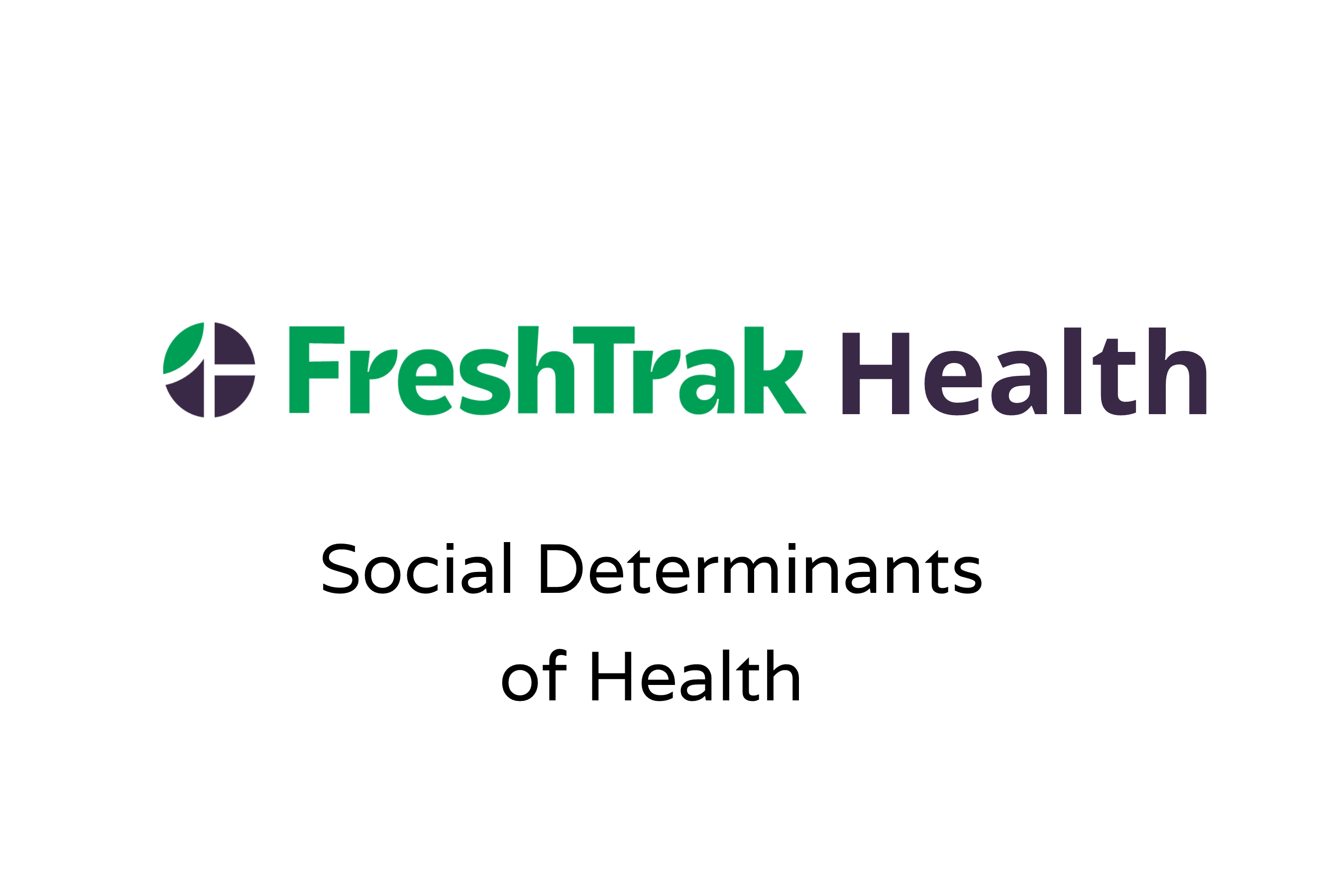Social Determinants of Health
There are many factors in our lives that have an impact on our physical and mental health. We all know that genetics, diet and how much exercise we get, and things like regular medical care can change the health outcomes of each individual person. But what about where we live? Or what kinds of food we have access to? Or access to education or transportation? These are all things that impact our health, and we call them Social Determinants of Health (SDoH). The CDC defines SDoH as: conditions in the places where people live, learn, work, and play that affect a wide range of health outcomes. These social factors, or determinants, contribute to 80 percent of our health outcomes.[1]<>
One SDoH that is known to have a wide reaching impact on health is economic stability. Access to financial resources to provide for basic individual and household needs is critical. In the United States, 1 in 10 people live in poverty[2]. To put this in perspective, this means a family of four would be living on $26,200 per year. When money is this tight, families have to make choices and many people can’t afford things like healthy foods, health care, and housing. Here at the Mid-Ohio Food Collective, our work is to end hunger. For us, that also means ending poverty, and directly addressing the issue of food insecurity for Ohioans.
SDOH and Food Insecurity
What does food insecurity actually mean? Food insecurity is “the limited or uncertain availability of nutritionally adequate and safe foods, or limited or uncertain ability to acquire acceptable foods in socially acceptable ways.”[3] When people don’t have enough money, cheaper and often less healthy food is consumed, and the health of every member of the household can be negatively impacted. From a practical medical perspective, health providers who screen for food insecurity ask patients two questions to measure whether a patient is food insecure, similar to asking patients about how often they smoke or exercise and what medications they take. Those questions are: “within the past 12 months, we worried whether our food would run out before we had money to buy more” and “within the past 12 months, the food we bought just didn’t last and we didn’t have money to get more.” An affirmative (sometimes or often) to either question means that patient is at risk for food insecurity.
What we have seen in the last nine months with the COVID-19 pandemic, is that many Ohioans, and families across the country, are one missed paycheck or emergency away from not being able to buy food for their household. Food insecurity is something that can impact people for a few weeks or for years. No matter the time in life, or the length of time someone is food insecure, their health is negatively impacted by not having enough food, specifically healthy food, in their kitchens.
The connection between food insecurity and health has been widely documented, and we know that people who are living in poverty are more likely to have poor health outcomes.
- The risk of clinical diabetes is nearly 50% higher among adults living in food-insecure households compared with adults living in food-secure households.[4]
- Adults from food-insecure households had a 21% higher risk of clinical hypertension than adults from food-secure households.[5]
- Food insecure adults had 32% increased odds of being obese compared to food secure adults.[6]
- Adults who are food insecure are more likely to die from cardiovascular related disease.[7]
Food insecurity does not only affect adults – the health and wellbeing of children who live in households that are struggling with poverty and food insecurity is also negatively impacted. [8] Toddlers whose mothers are food insecure are more likely to be anemic which can impact cognitive and mental development, while adolescents who are food insecure are more likely to lack enough protein and vitamin A in their diets, and also experience higher rates of depression, and increased tardiness and absenteeism in school.
On Going Work
Addressing social determinants of health is critical to making significant and measurable improvements in individual health outcomes. The Mid-Ohio Farmacy Program seeks to address food insecurity as a health issue, directly working with policymakers, insurers, health providers and patients to improve health outcomes through increasing access to healthy food for households.
[1] Hood CM, Gennuso KP, Swain GR, Catlin BB. County Health Rankings: Relationships Between Determinant Factors and Health Outcomes. Am J Prev Med 2016;50(2):129–35
[2] Semega, J., Kollar, M., Creamer, J., Mohanty, A. (2019). Income and Poverty in the United States. Retrieved from https://www.census.gov/content/dam/Census/library/publications/2019/demo/p60-266.pdf
[3] Core indicators of nutritional state for difficult-to-sample populations. J Nutr. 1990 Nov;120 Suppl 11:1559-600. doi: 10.1093/jn/120.suppl_11.1555. PMID: 2243305
[4] Seligman, Hilary K et al. “Food insecurity is associated with chronic disease among low-income NHANES participants.” The Journal of nutrition vol. 140,2 (2010): 304-10. doi:10.3945/jn.109.112573
[5] Seligman, Hilary K et al. “Food insecurity is associated with chronic disease among low-income NHANES participants.” The Journal of nutrition vol. 140,2 (2010): 304-10. doi:10.3945/jn.109.112573
[6] Pan, Liping et al. “Food insecurity is associated with obesity among US adults in 12 states.” Journal of the Academy of Nutrition and Dietetics vol. 112,9 (2012): 1403-1409. doi:10.1016/j.jand.2012.06.011
[7] Sun Y, Liu B, Rong S, Du Y, Xu G, Snetselaar LG, Wallace RB, Bao W. Food Insecurity Is Associated With Cardiovascular and All-Cause Mortality Among Adults in the United States. J Am Heart Assoc. 2020 Oct 20;9(19):e014629. doi: 10.1161/JAHA.119.014629. Epub 2020 Sep 25. PMID: 32975173.
[8] Shilpa Pai, Kandy Bahadur. The Impact of Food Insecurity on Child Health, Pediatric Clinics of North America,
Volume 67, Issue 2, 2020, Pages 387-396. https://doi.org/10.1016/j.pcl.2019.12.004

